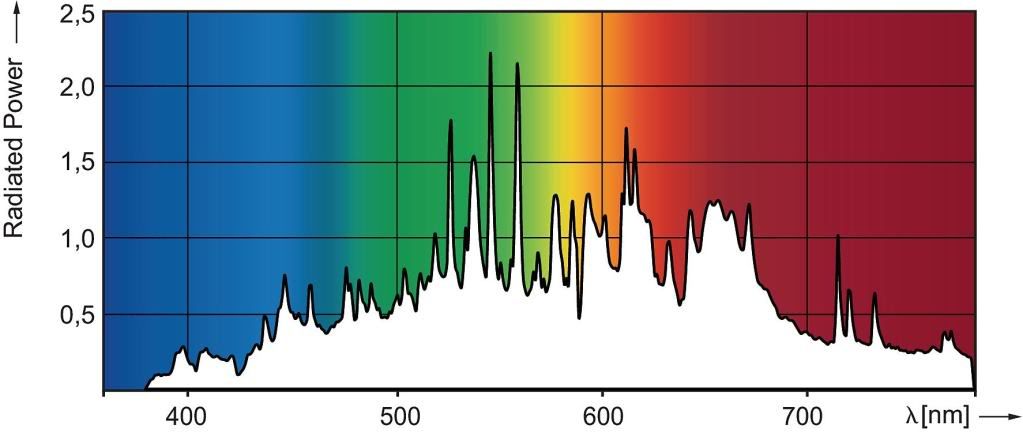Illumination
Member
It's not monkeys designing these lamps. The arc tube itself is designed to emit a more blue-shifted spectrum, and the jacket is designed to refract that to the desired SPD. Creating more UV-B would be really easy, but these lamps are designed to be worked under, not for plants. It would be really great if someone would develop a horticultural version of the Retro White lamps.
http://www.usa.ecat.lighting.philip...cdm-t-elite-med-wattage-agro/928601172201_na/
But to my knowledge still little to no uv



